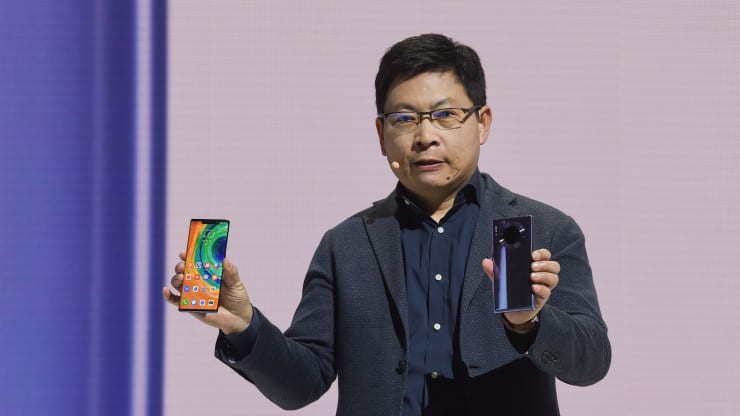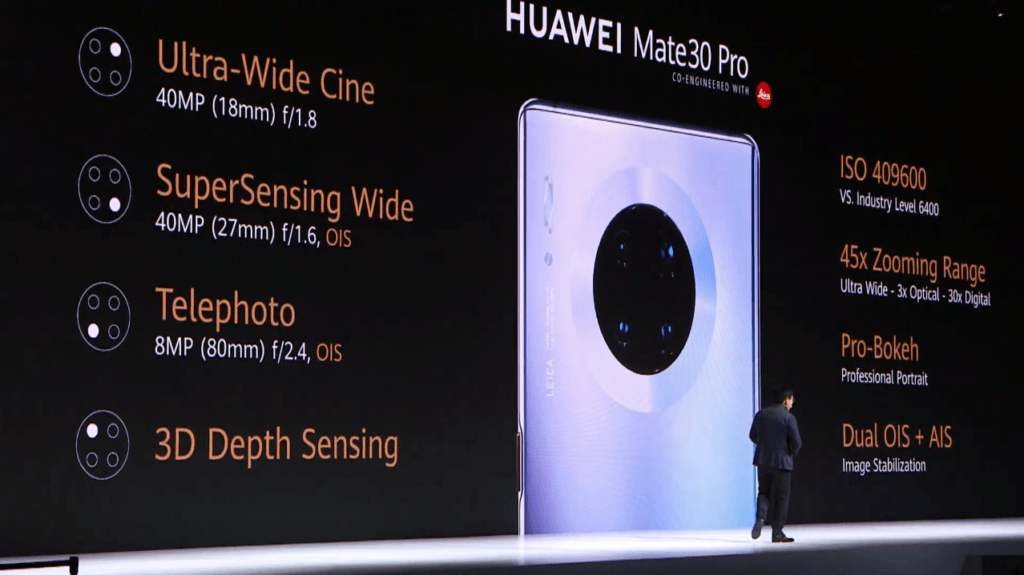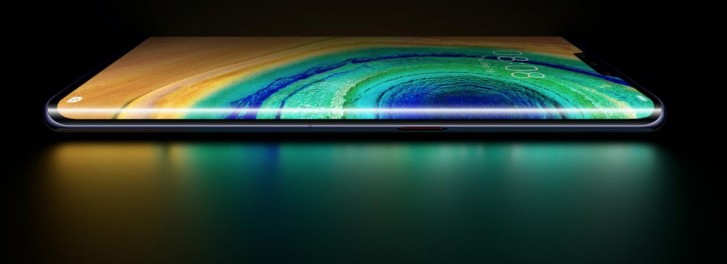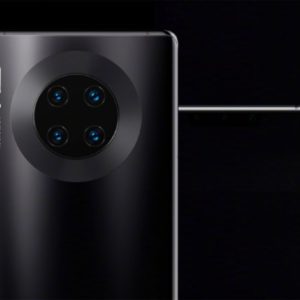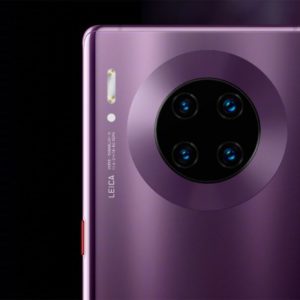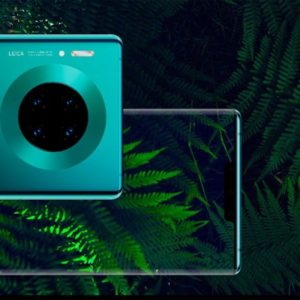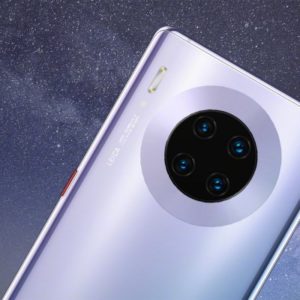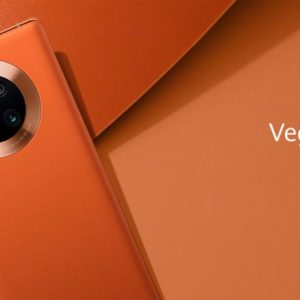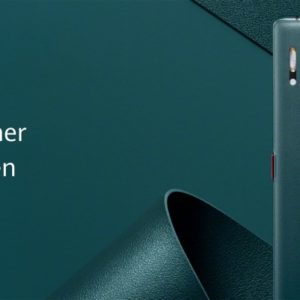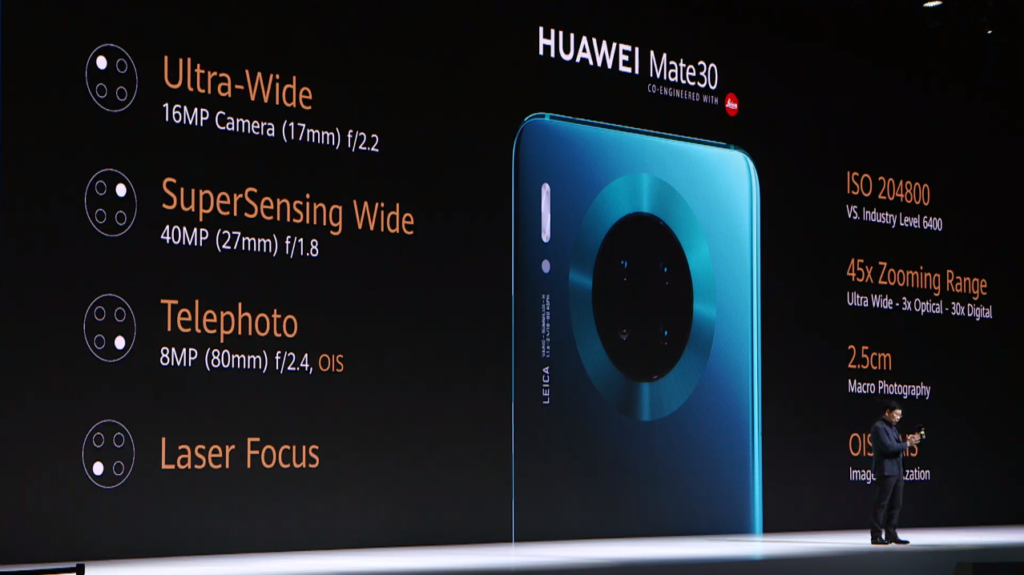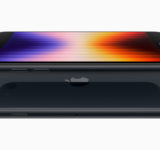After much anticipations and leaks, the Huawei Mate 30 and Mate 30 Pro is here, albeit all the on-going tension between US-China trade war.
Huawei Mate 30 Pro
The Mate 30 Pro, as its name suggest is the most powerful out of the two—not only in terms of the internals but also for the camera. In fact, it’s the most impressive camera hardware we have seen till date. Alongside the Super Sensing 40MP camera the Mate 30 Pro also offers a 40MP ultra-wide sensor, which Huawei likes to call the Cine Camera. Both sensors are capable of making use of the 3D ToF sensor for bokeh effects in videos.
The remaining third one is an 8MP telephoto lens with 3x optical zoom with 80mm focal length and 5x optical hybrid zoom. The P30 Pro, in comparison, has a 5x optical zoom and 10x hybrid zoom. However, both the wide cameras and telephoto lens has an Optical Image Stabilization.
More about the two cameras at the back; nestled along inside a circle frame, both sensors are larger and has wide apertures for capturing more light. The wide sensor has a 1/1.7″ sensor with f/1.6 aperture, while the Cine Camera has a 1/1.54″ sensor with an f/1.8 aperture.
The video capturing, on the other hand, is as impressive as it can get. The phone can shoot 4K videos at 60fps, which is actually a first for Huawei. Recording slow-mo videos are equally fun as well with frame rates going up to a mind-blowing 7,680fps at 720p. Another exciting thing could be recording 4K time-lapse with HDR+ colors. As for the low-light shooting, the phone can go up to ISO 52,000.
The #HuaweiMate30 Pro makes sure you’ll always capture ‘that shot’, with incredible ISO 409600 sensitivity.#RethinkPossibilities#HuaweiMate30 pic.twitter.com/ssWcpPjs8o
— Huawei Mobile IE (@HuaweiMobileIE) September 19, 2019
Accompanying the 32MP selfie camera is the new 3D scanning hardware. The dedicated sensor is capable of detecting hand gestures, cohesively working with Huawei’s Da Vinci NPU—a first in the market as well, beating the likes of Google.
Now about the CPU, it has a Kirin 990 SoC, which is fabricated in 7nm+ EUV technology. Also, the Mali-G76 GPU is powerful and works well in conjunction with the GPU Turbo. There’s also a graphene film to dissipate the heat while doing heavy tasks.
Another major highlight is its display. The device has a 6.53-inch panel that has an insane curve of up to 88-degree. Huawei likes to call it the “Horizon Display”. It’s an OLED screen with support for HDR and DCI-P3 color gamut. The display has Always- On mode and supports a stylus called “M-Pen”, which offers a sense of 4,096 pressure level.
With such a curved display, the buttons are no longer there. Instead, Huawei has opted for virtual buttons–for volume, power and camera shutters.
Powering such a capable device is a 4,500mAh battery with support for 40W wired charging. Considering Samsung ships with 25W charger and Apple going on with the 18W charging adapter, this is still among the best to start with. Also, the wireless charging is now much more powerful with a charging capacity of up to 27W.
Huawei also boasted about its 5G antenna bands, which is quite justified as the Mate 30 Pro comes with 21 antennas, out of which 14 are for 5G—offering support up to eight 5G bands. To put things into perspective, the Samsung Galaxy Note 10+ 5G has only three.
In terms of memory configuration, the Huawei Mate 30 Pro offers 8GB of RAM with a storage option of either 128GB or 256GB. There’s also support for NM cards, which, with the help, you can expand up to 256GB.
And like usual, the Mate 30 Pro comes in four exquisite colors: Space Silver, Black, Cosmic Purple, and Emerald Green. There’s also a vegan leather option.
The Huawei Mate 30 Pro will cost €1,100 for the 4G model with 8/256GB memory option, whereas the 5G model will cost €100 additional, that is €1,200.
There’s no word about the phone’s availability but it’s sure that it will cost premium when it comes to Nepal.
Huawei Mate 30
The non-pro model, i.e. the Huawei Mate 30 is alike its counterpart. There’s not much difference to start with. It still has an OLED panel, in fact, a bigger one at 6.62-inch; supports HDR10 and DCI-P3 color gamut.
As expected, the screen is not curved like the Pro model and the 3D sensor is quite different. But it still has the same in-display fingerprint scanner as the Pro variant.
The rear camera still carries the large 40MP 1/1.7″ sensor with RYYB color filter and f/1.8 aperture. The 8MP telephoto lens with 3x optical zoom and 5x optical hybrid zoom stays intact. But the only difference is seen in terms of ultra-wide camera—it downgrades to 16MP sensor with f/2.2 aperture; the selfie camera also sits at 24-megapixel.
The Kirin 990 chipset is still in-charge but it supports 4G only. The memory is also different, with 6GB RAM as the base variant, while you can still go up to 8GB. Similarly, the NPU also has one core instead of two on the Pro model.
A bit of a downgrade in battery capacity as well, which sits a 4,200mAh but it still gets the 40W wired charging and 27W wireless charging.
The Mate 30 has an IP53 rating, making it only splash-proof. The Mate 30 Pro has an IP68 rating.
Unlike its “Pro” compatriot, the Mate 30 will cost a bit less, sitting in at €800 for the 8GB/128GB variant. Again, it does not support 5G.


